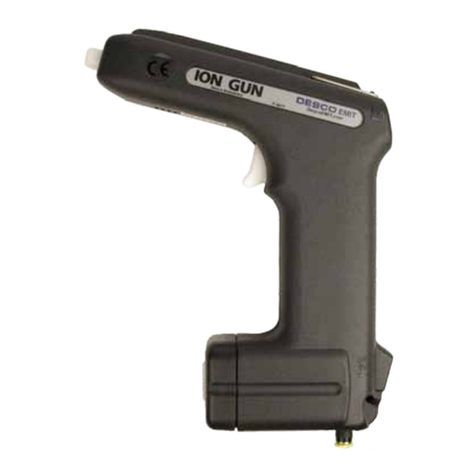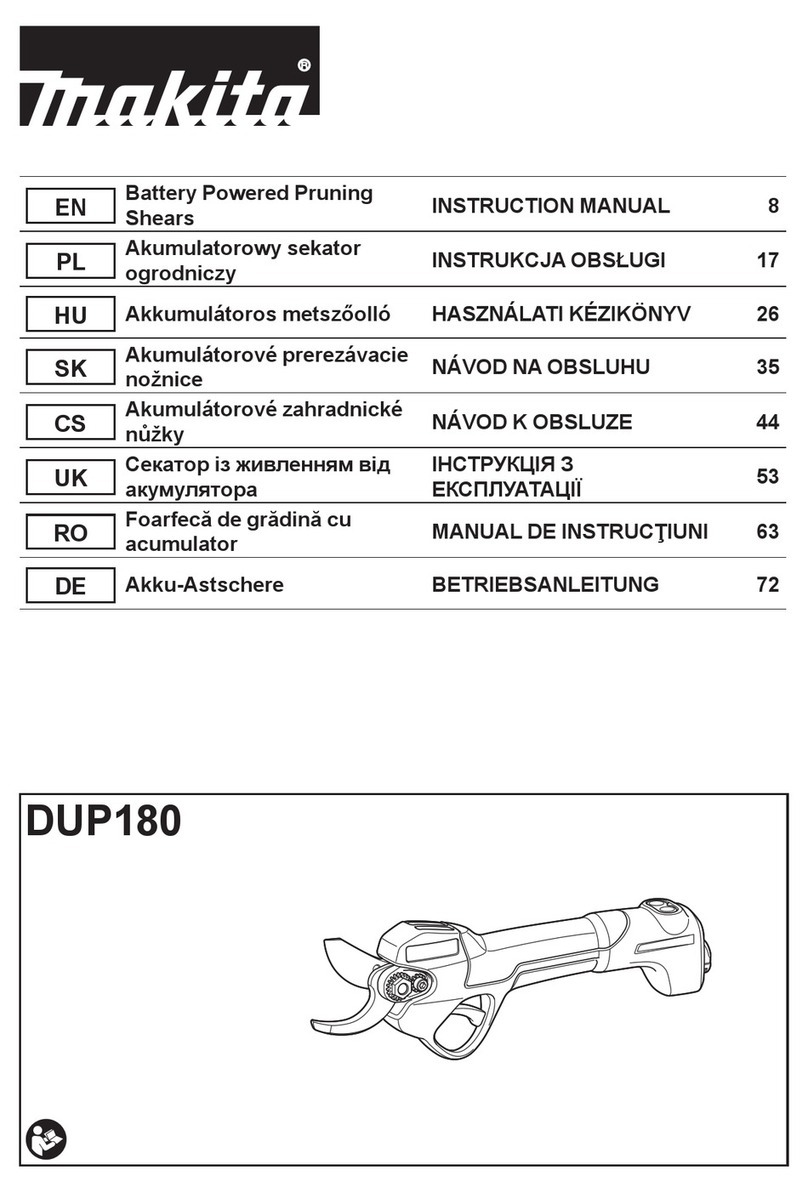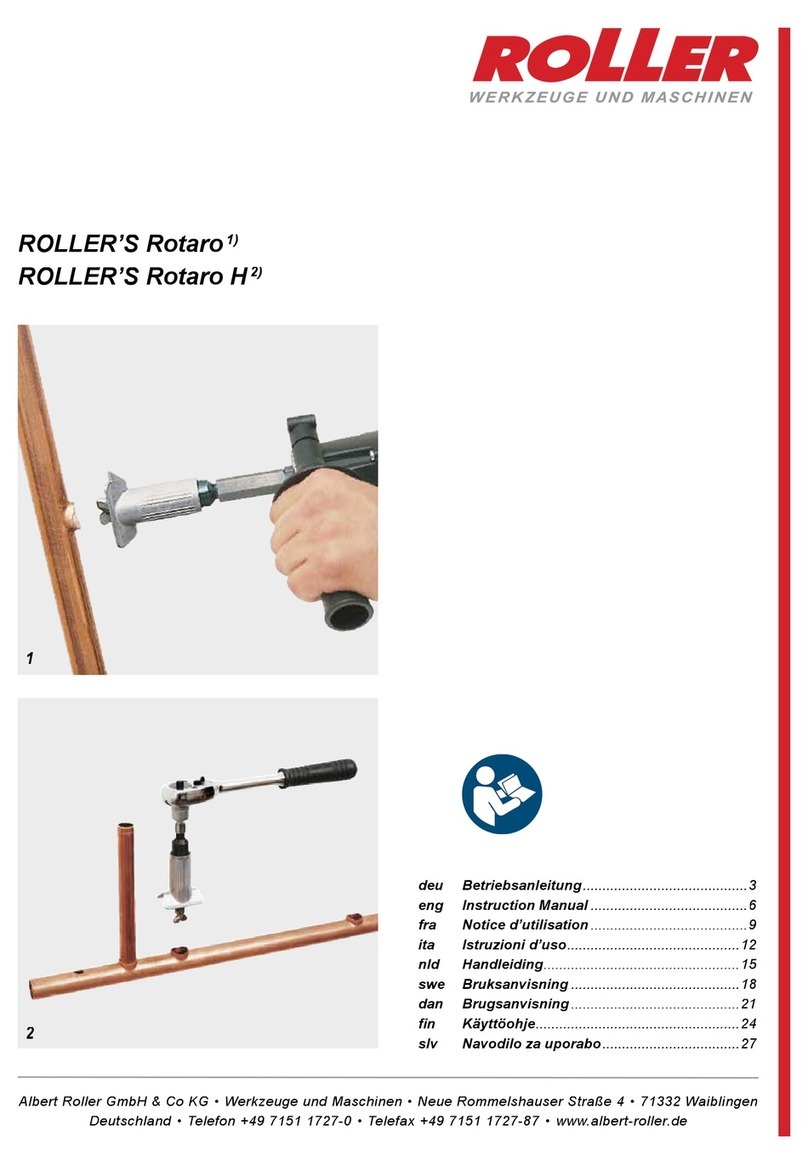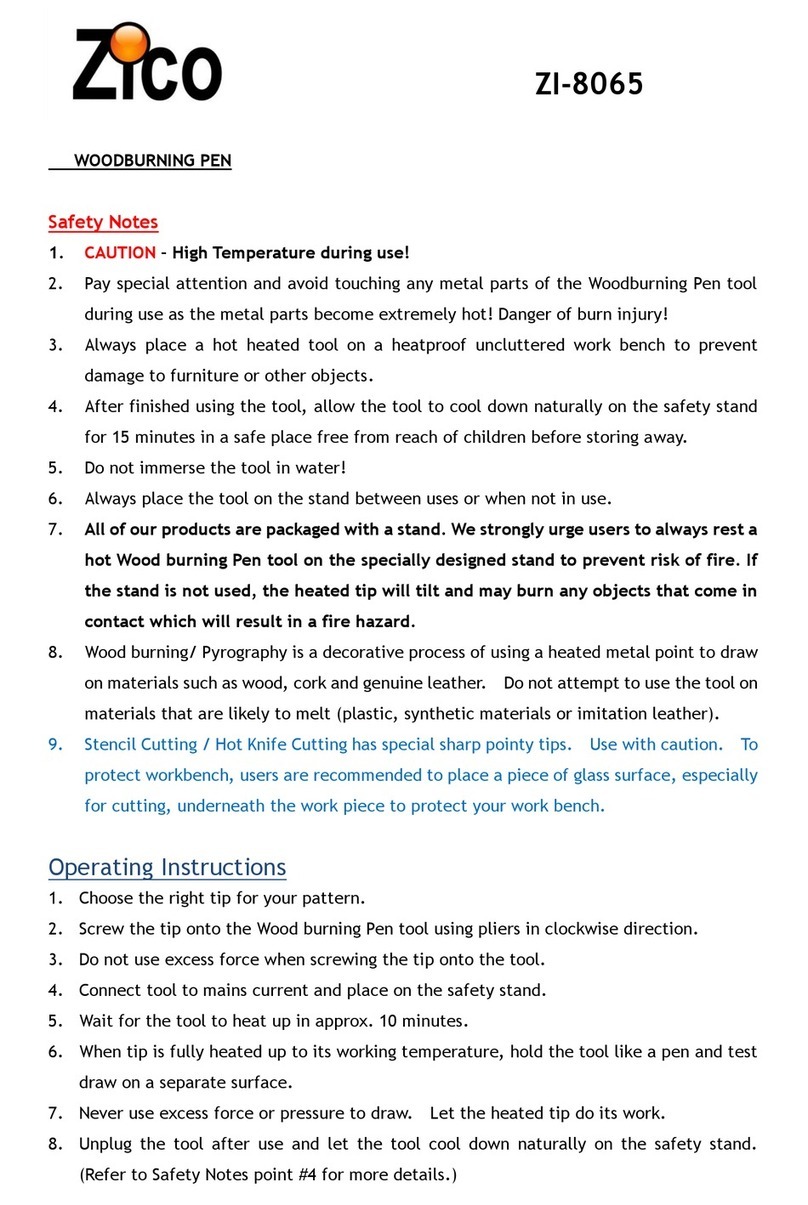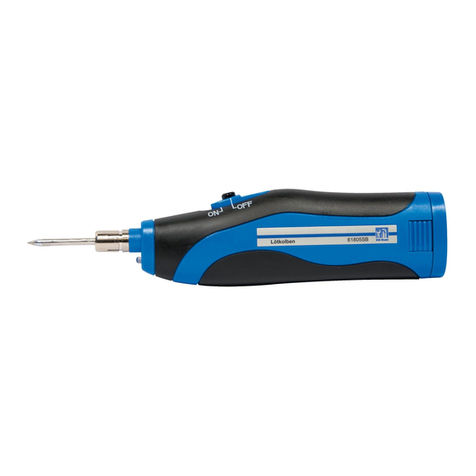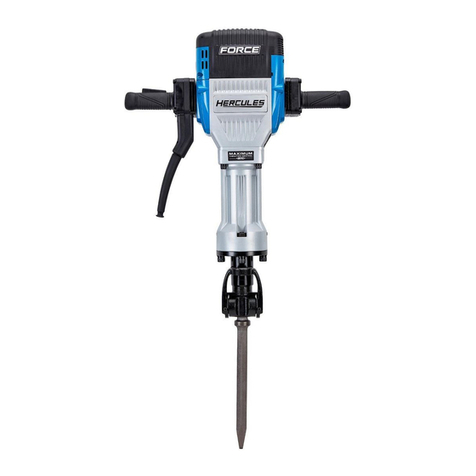EMIT 50620 Installation guide

TB-6530 December 2009 Page 1 of 4
Made in the
United States of America
A
B
Figure 1. EMIT Ion Python Air Nozzles
A. Ion Python (Controller and Foot Switch)
B. Hand Gun (Controller with Hose)
Description
The EMIT Ion Python Air Nozzle and Neutralizing Hand Gun
quickly and effectively neutralize bulk static charges and aid in
controlling contamination by dislodging dust and debris attracted
by static electricity. Attached to compressed air, the airflow
may be easily adjusted from a gentle stream to a powerful blast.
These units are designed for use in applications and areas where
ElectroStatic Attraction contamination create manufacturing or
handling problems (Ref: ESD Handbook TR 20.20 paragraph
5.3.6.5.2.4 Point of Use Ionization). The units meet or exceed the
recommended technical requirements of ANSI/ESD S20.20 tested
in accordance with ANSI/ESD S3.1.
The Ion Python Air Nozzle is designed for point-of-use fixed
mounting applications, while the Ion Python Hand Gun is a more
portable unit. The air hose of both units is designed to be easily
disconnected or replaced by the user. Replacement nozzle/air
hose assemblies for the Ion Python Air Nozzle are sold separately
as EMIT Item #60335. Replacement nozzle/air hose assemblies
for the Ion Python Hand Gun are sold separately as EMIT Item
#60350.
Ionizers are useful in preventing electrostatic charge generation,
ElectroStatic Discharge, ElectroStatic Attraction, as well as
preventing equipment latch-up and safety related shock. ANSI/
ESD S20.20 Paragraph 6.2.3.1 Protected Areas Requirement
states: “Ionization or other charge mitigating techniques shall be
used at the workstation to neutralize electrostatic fields on all
process essential insulators if the electrostatic field is considered
a threat.” Ionization is used to neutralize charges on process
necessary insulators and isolated semiconductors. Some
examples of process necessary insulators are: the PC board itself,
plastic test stands, plastic housing where a PCB may be mounted,
as well as computer monitor screens and regular cleaning
wipes. Examples of floating or isolated conductors are: loaded
PCB mounted in a stand where the pins are not contacting the
dissipative workstation.
Air ionization can neutralize the static charge on insulated and
isolated objects by producing separate charges in the molecules
of the gases of the surrounding air. When an electrostatic charge
is present on objects in the work environment, it will be neutralized
by attracting opposite polarity charges from the ionized air.
(Reference: IEC 61340-5-2:1 paragraph 5.2.9).
Both the Ion Python and Neutralizing Hand Gun are NIST
calibrated. They come equipped with universal IEC cord
connectors.
Neutralizing Ion Python and Hand Gun
Operation and Maintenance
MODEL STYLE VOLTAGE AC IEC CORD
50620 Ion Python 120 Yes
50621 Ion Python 220 No
50622 Hand Gun 120 Yes
50623 Hand Gun 220 No
© 2009 DESCO INDUSTRIES INC.
Employee Owned
TECHNICAL BULLETIN TB-6530
EMIT - 3651 Walnut Avenue, Chino, CA 91710 • (909) 664-9980 • Website: DescoEMIT.com
NOTE: These units are not recommended for continuous use.
IONIZER SELECTION
ANSI/ESD S20.20 paragraph 6.1.1.2. ESD Control Program
Plan Guidance states: “The Plan should include a listing of the
specific type of ESD protective materials and equipment used
in the Program.” When selecting an ionizer life cycle costs
should be considered including: equipment cost; installation
cost; and operation and maintenance cost.
Air Requirements
Always supply the Ion Python and Hand Gun with filtered, dry
noncombustible gases, such as compressed shop air or nitrogen.
(If nitrogen is used, the tip will need to be replaced and the unit
recalibrated. This MUST be done by the factory.) If the air is not
dry, damage to the equipment may result and the warranty will be
voided. Dirty air can introduce moisture and oil, contaminating the
units’ emitter assembly along with the materials to be cleaned or
neutralized. Filters must therefore be used at all times upstream
of the air nozzle. A water trap-type pre-filter should be used in
conjunction with an oil coalescing-type filter. Also drain all moisture
traps regularly to prevent moisture in the line. Several drainings per
day may be necessary, especially in areas of high humidity.
The Ion Python and Hand Gun may be operated over a range of 30
PSI to 100 PSI. The specific pressure needed will depend upon the
application. Pressures exceeding 100 PSI are not recommended
since these higher pressures are detrimental to effective ion
production. An air pressure setting of 60 PSI is recommended. Use
the needle valve located on the back of the controller to properly
adjust the air flow.

TB-6530 Page 2 of 4
Air Supply Connection
Turn off air at regulator (or compressor). Insert the brass male
connector (1/4” tubing to 1/8” pipe thread) into an available port
on the regulator. If all ports are being used, a “T” or “+” may be
added to create more ports. Connect the 1/4” tubing to the male
connector on the needle valve on back side of the unit, following
the instructions given below.
To connect tubing or filter to quick connect fitting:
Cut end of plastic tubing square and clean. Push against the collar
with thumbnail. While holding collar in, push tubing into the fitting
until it bottoms out completely.
To release tubing or filter from quick connect fitting:
Push against the collar with thumbnail. While holding collar in,
push tubing inward slightly, then pull tubing out.
IMPORTANT NOTE: User should exercise caution when using
any compressed air device.
The ion balance is
affected by many
factors, such as
distance, air flow,
humidity, and emitter
contamination.
Therefore, before using
this device around
components and
Avoid sharply bending or a crushing the black convoluted tubing
under feet, rolling chairs or other furniture.
IMPORTANT NOTE: These air nozzles are not explosion proof.
Do not use in environments where volatile materials are
present.
EMIT solid-state electronic equipment is compact and rugged but
should be treated as sensitive electronic equipment. With proper
installation and a continued preventive maintenance program you
will ensure the proper performance of the unit.
Theory of Operation
The Ion Python and Neutralizing Hand gun employ high voltage
AC to create a balanced ion field. AC systems utilize emitters
that are switched rapidly between positive and negative high
voltage, usually at the power line frequency (50/60 Hz). The
emitter is located at the end of the nozzle. This emitter produces
large amounts of positive and negative ions, which mix with the
air supply and create a highly effective neutralizing field. Any
material within this field will be neutralized rapidly. The air nozzles
also eliminate contamination by dislodging dust and debris
which is attracted to a material’s surface by static charges. Once
static charges are neutralized, dust particles and other forms of
contamination are freed and carried away by the air stream. EMIT
ionizers meet the ANSI/ESD S20.20 minimum recommended
technical requirement range of less than ±50 volts voltage offset
tested in accordance with ANSI ESD S3.1. Air Nozzle Ionizers
typically can provide ±20 volt offset balance.
Maintenance
“Periodic verification of ionizers is performed to provide continuing
indication of required ionizer performance. The more critical
the ionizer application, the more important it is to verify that the
ionizers are working correctly. Periodic verification testing is
most often performed under actual use conditions. In general, all
ionizers should be checked, rather than a random sample.” ESD
SP3.3 Periodic Verification of Air Ionizers, A2.1
“Periodic verification procedures should be a part of the initial
acceptance process to provide baseline data for comparison
with future measurements. A schedule should be established for
periodic verification testing.” ESD SP3.3 Periodic Verification of
Air Ionizers, section 7
“Ionizers should be tested for discharge time and balance
after they have been installed in the use location. The time
intervals for subsequent measurements will depend on the users
requirements.” ESD Handbook TR 20.20 paragraph 5.3.6.6.5
These units need very little maintenance. In order to maintain
the optimum performance of your unit, the following maintenance
procedures must be performed on a regular basis.
Air supply
conection
Needle
valve
Figure 3. Airflow adjustment valve
© 2009 DESCO INDUSTRIES INC.
Employee Owned
Filter (when used)
EMIT - 3651 Walnut Avenue, Chino, CA 91710 • (909) 664-9980 • Website: DescoEMIT.com
assemblies which are
highly sensitive to ESD,
it is recommended that
the user thoroughly
evaluate the application
prior to its use.
Figure 2. Connecting the filter.
Electrical Requirements
The Ion Python and Neutralizing Hand Gun must be connected to a
properly grounded receptacle for the units to operate properly. It is
recommended that the AC outlet be checked for proper wiring and
grounding. (Use Desco 98130 AC Outlet Tester or equivalent)
Do not under any circumstances remove the ground pin from the
plug of these units.
NOTE: Grounding of these units is necessary not only to ensure
that they operate properly, but to eliminate the possibility of an
electrical shock.
Operation
Turn on unit with switch on the front panel. The green light
indicates that the air nozzle is ready for use. Point nozzle at object
to be cleaned or neutralized.
When using the Ion Python, actuate foot pedal switch to initiate the
flow of air and neutralizing ions. Best results are normally obtained
when holding the nozzle within .5’ to 1.5 feet of the item being
neutralized.
For the Neutralizing Hand Gun, push button on the nozzle body
to initiate the flow of air and neutralizing ions. Best results are
normally obtained when holding the nozzle within 2 or 3 feet of the
item being neutralized; hold the nozzle closer when required.
NOTE: Unit is not designed for continuous duty.
A needle valve is located on the back of the unit for fine
adjustments to the air flow, or for shutting off the air to the nozzle.
Airflow on the unit can be adjusted from a gentle blow to a strong
blast, allowing for use in most applications. Do not obstruct the
air jet with fingers or other objects. Do not force any object into
the air jet hole; this action can easily damage the emitter pin and
prevent the controller from producing the ionization necessary for
neutralizing static charges.

TB-6530 Page 3 of 4
Figure 6. Air filter replacement
Installation of the Controller and
Ion Python Attachment
The mounting slots on the bottom of the controller allow for easy
mounting of the base. Install screws either on a wall or bench.
Using the mounting slots, place controller on the screws for secure
mounting of the unit. Mounting the controller underneath a bench
or on a wall saves valuable bench space. After mounting the unit,
a locking screw is provided on the back of the unit to prevent
accidental removal.
Figure 7. Installing controller to bench
Once you have installed the
base of the controller, you
can now install the Ion
Python Attachment to the
bench. A bracket is included
with the unit to facilitate easy
mounting. Install bracket
to the bench. Position the
base of the Ion Python over
the bracket and slide it on.
Position the Ion Python so
that the ion flow is focused
on the equipment or area to
be ionized.
Make sure that the air supply is clean and free of contamination
and moisture. Drain compressor tank and filters periodically.
The filters may require
draining several times
daily, depending on your
compressed air system.
The fuse may be replaced
by removing the power
cord at the back of the
unit and opening the fuse
box at the IEC receptacle.
The controller uses a 1
amp fast acting fuse. For
safety, do not use other
ratings.
Do not attempt to perform any repairs or adjustments on your
EMIT equipment except for those covered in the operation
manual. Self-made repairs could create a hazard and will void the
warranty.
Replacing the Air Nozzle Assembly
The air nozzle and hose assembly is designed to be removed or
replaced by the user in the event of damage or wear. To replace
the assembly, simply unscrew the collar at the base of the hose
and gently disconnect the connector from the receptacle.
To replace the nozzle assembly simply repeat the process in
reverse.
NOTE: Make sure the fittings inside the connector are
properly aligned with their receptacles before tightening the
threaded collar.
Replacing the Air Filter of the Ion Python
Periodic replacement of the air filter is recommended for
optimum performance of the ionizer. Examine the filter for any
evidence of contamination. The filter will turn red if there is any oil
contamination. If there has been moisture build-up, there will be
a change in air volume or a brownish color to the filter. If either of
these conditions exist, you should replace the filter by unsnapping
connectors. Depress air line connectors allowing removal of filter.
The filter replacement is sold as EMIT item #50626 (two filters to
a package). Be sure to observe the flow direction on filter when
installing a replacement.
Locking screw inside unit
helps secure Python Controller
ION
PYTHON
CONTROLLER
Figure 8. Installation of Ion Python
to bench.
© 2009 DESCO INDUSTRIES INC.
Employee Owned
Depress
to release
EMIT - 3651 Walnut Avenue, Chino, CA 91710 • (909) 664-9980 • Website: DescoEMIT.com
Figure 4. Replacing the fuse
Figure 5. Replacing air nozzle assembly

TB-6530 Page 4 of 4
Neutralization Efficiency (Discharge Time)
The comparative neutralization efficiency of ionizers is determined
by a standard test published by the ESD Association Standard
3.1. The decay rates measured using this standard are shown
in the chart below. This performance was measured with the air
nozzle at a distance of 6” from the charged plate and utilizing an
air pressure of 30 PSIG.
Rate per ANSI/ESD S3.1
Test Pressure Rate
30 PSI < 1 second under optimal conditions
Charge Time Constants
Notes: 1) Times are from 1,000 volts to 100 volts and
-1,000 to -100 volts.
2) The air nozzle’s air stream is
perpendicular to the charged plate.
Figure 10. EOS/ESD S-3.1 decay time test set up
Testing and Calibration
Ionizers are tested and calibrated using a charged plate analyzer
(EMIT Item #50555) or an Ionization Test Kit (EMIT Item #50598).
A detailed test procedure is outlined in ESD Association’s
Standard ESD S3.1 and ESD SP3.3 which can be obtained
directly from the ESD Association, 7902 Turin Road, Suite 4,
Rome, NY 13440-2069, (315) 339-6937.
Adjustment
Offset voltage balance adjustment can be done by using the side
adjustment potentiometer found on the side of the unit. Point ion
stream to nomal use setting and adjust ionization output for best
and most efficient balance. Servicing should be performed only at
the factory, or by a technician trained in high voltage circuits. See
warranty section for repair information.
Figure 11. Balance Adjustment
Specifications
Input Voltage:
50620 / 50622 120 VAC, 50/60 Hz
50621 / 50623 220 VAC, 50/60 Hz
Amperage standby: <50 milliamps
Amperage in use: <400 milliamps
Fuse: 2ea 1 amp, 5 x 20mm, fast acting
Power Usage: 2.5 watts on, 25 watts in use
Power Cord:
50620 / 50622 Cord set with IEC connector
50621 / 50623 Not included
Python: One-piece Delrin
Air Gun: Two-piece molded ABS
Hose Length:
50620 / 50621 5 feet
50622 / 50623 7 feet
Control Box: 5 1/8" H x 6 3/8" W x 7 1/8" L
Weight: 11 pounds
Air Usage: 3.5 CFM @ 30 PSI
Recommended PSI: 30 PSI to 100 PSI
Air fittings: 1/4" OD tubing with 1/8" NPT
with adjustable needle valve.
Health
There are no known health risks associated with our devices. The
emitters work at about 4-6 kV and can create ozone, but there
have been no significant measurement of ozone from our emitter
sets, as all our existing units test well below the OSHA limit of 0.05
ppm ozone. For additional safety information, see “Dispelling an
Old Myth” written by William Metz of Hewlett-Packard published in
Evaluation Engineering magazine, September 2001.
• Indoor use
• Altitude up to 2000m
• Temperature 5°C to 40°C
• Maximum relative humidity 80% for temperatures up to
31°C decreasing linearly to 50% relative humidity at 40°C
• Mains supply voltage fluctuations up to ±10% of the nominal
voltage
• Transient overvoltages typically present on the mains supply
• Applicable rated pollution degree is 2
• Degree of ingress protection is IP10
Adjustment screw
Nozzle
Charged Plate
© 2009 DESCO INDUSTRIES INC.
Employee Owned
EMIT - 3651 Walnut Avenue, Chino, CA 91710 • (909) 664-9980 • Website: DescoEMIT.com
Limited Warranty, Warranty Exclusions, Limit of
Liability and RMA Request Instructions
See EMIT’s Warranty -
http://emit.descoindustries.com/Warranty.aspx
This manual suits for next models
3
Table of contents
Other EMIT Power Tools manuals
Popular Power Tools manuals by other brands

Chicago Electric
Chicago Electric 66098 Set up and operating instructions

Omega Lift
Omega Lift MAGIC LIFT 29023 Operating instructions & parts manual

Parkside
Parkside PAT 20-Li A1 Original instructions
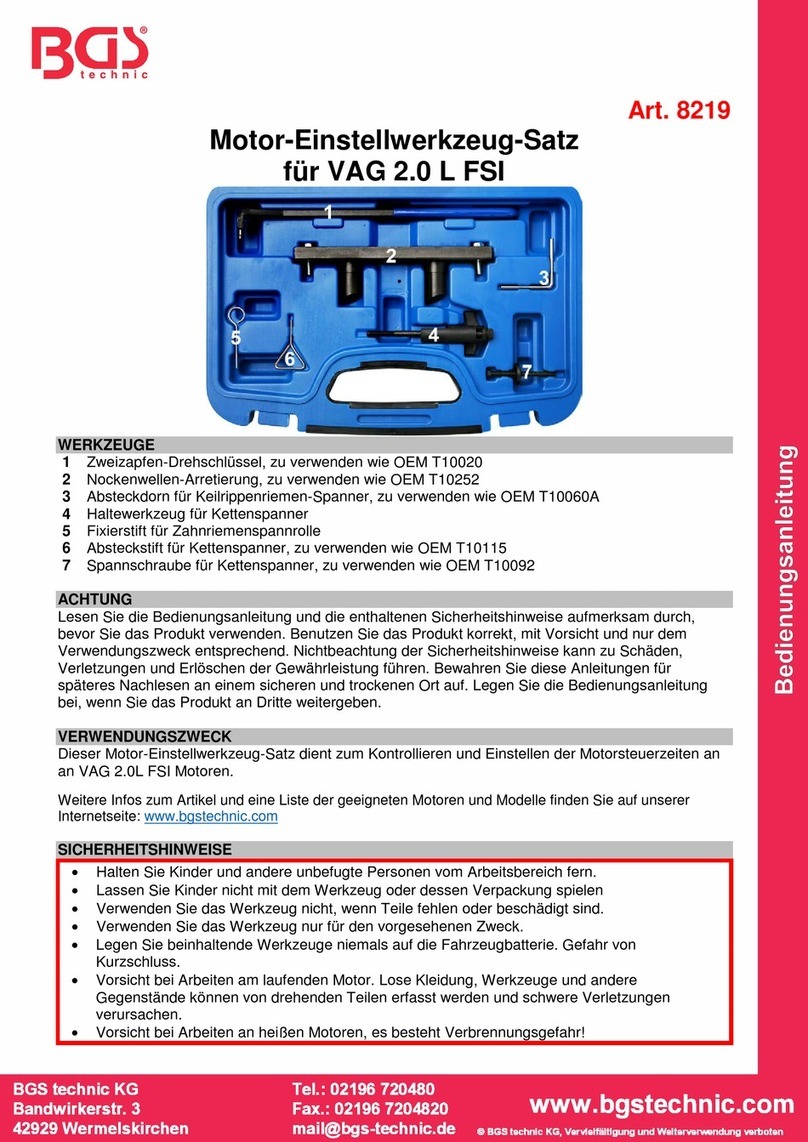
BGS technic
BGS technic 8219 instruction manual

EINHELL
EINHELL bavaria BRO 1200 E operating instructions
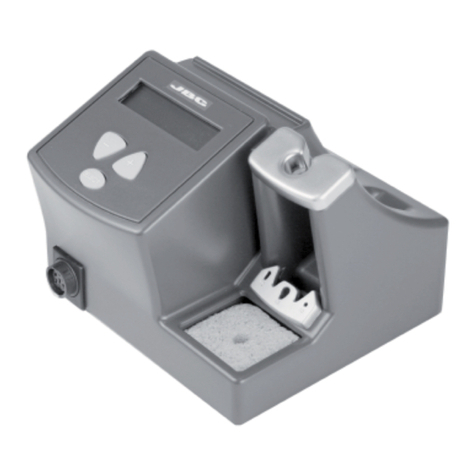
jbc
jbc MD 2964 reference guide

Williams
Williams PRE-SET Operation manual
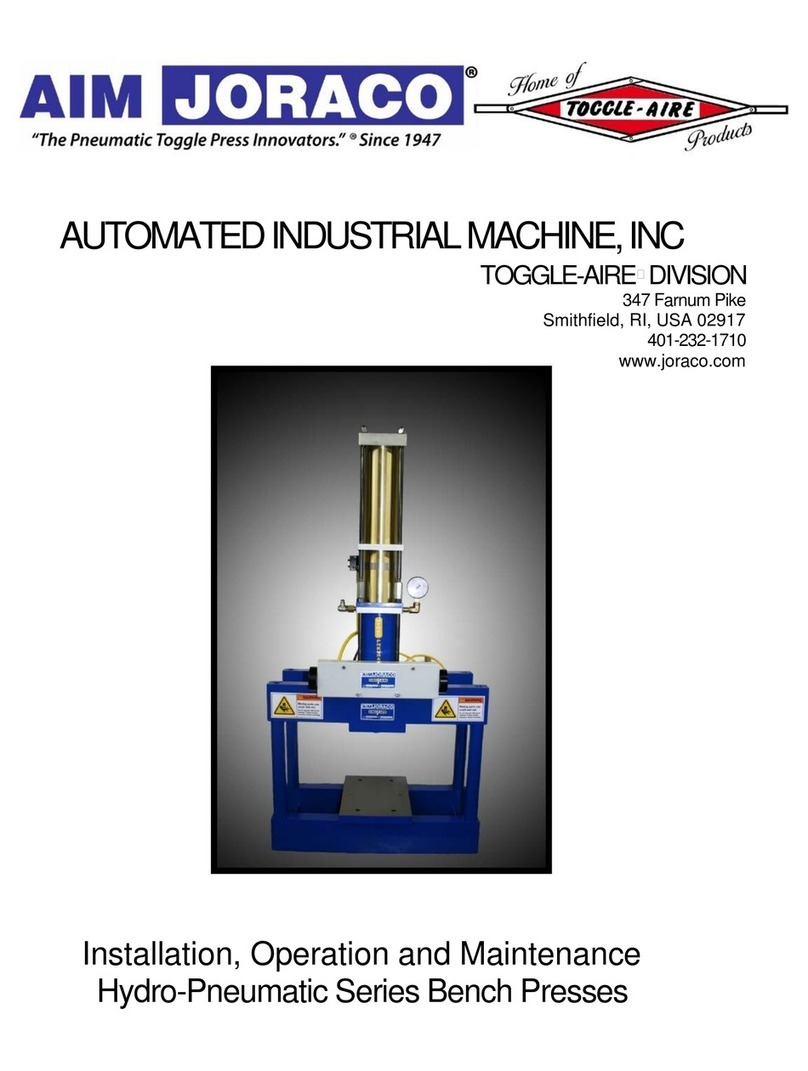
AIM Joraco
AIM Joraco TOCCLE-AIRE HP-4 ACCOMPANIMENT TO THE INSTALLATION, OPERATION AND MAINTENANCE MANUAL
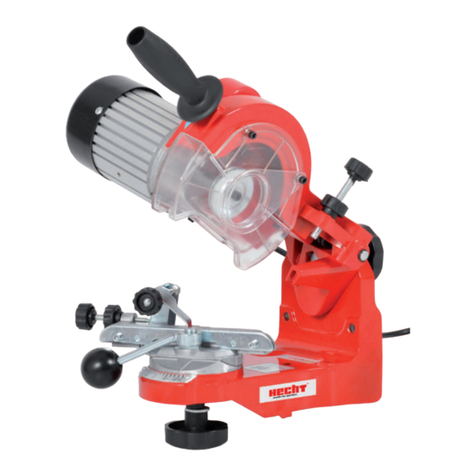
hecht
hecht 9230 Original instructions for use
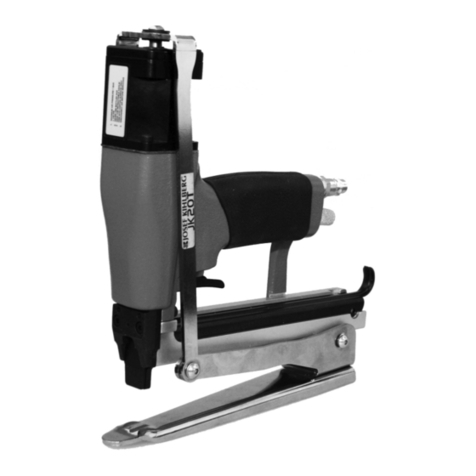
Signode
Signode Josef Kihlberg JK20-779 operating instructions
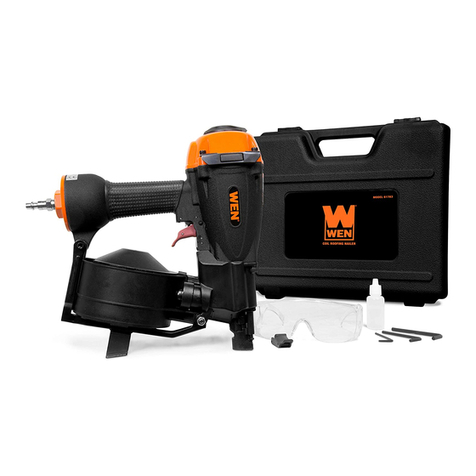
Wen
Wen 61783 manual

Festo
Festo DNCKE Series operating instructions
